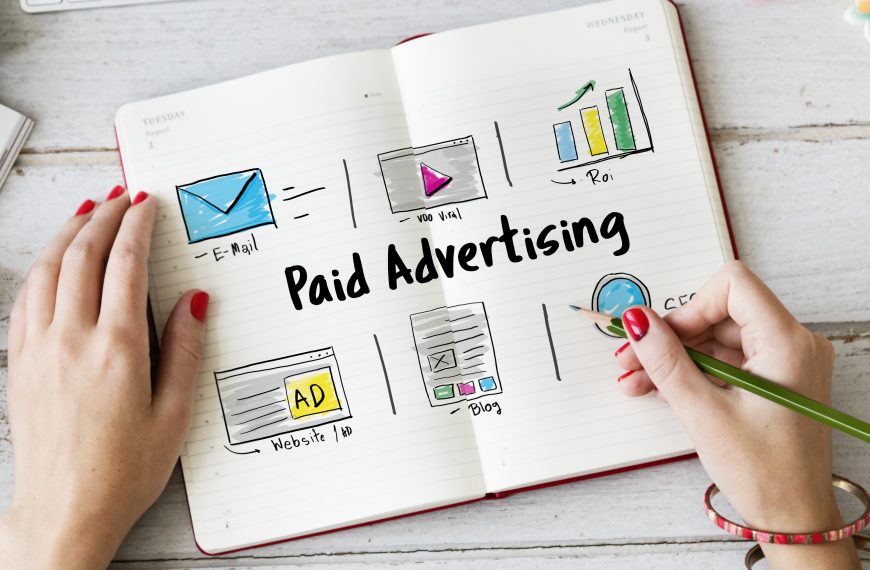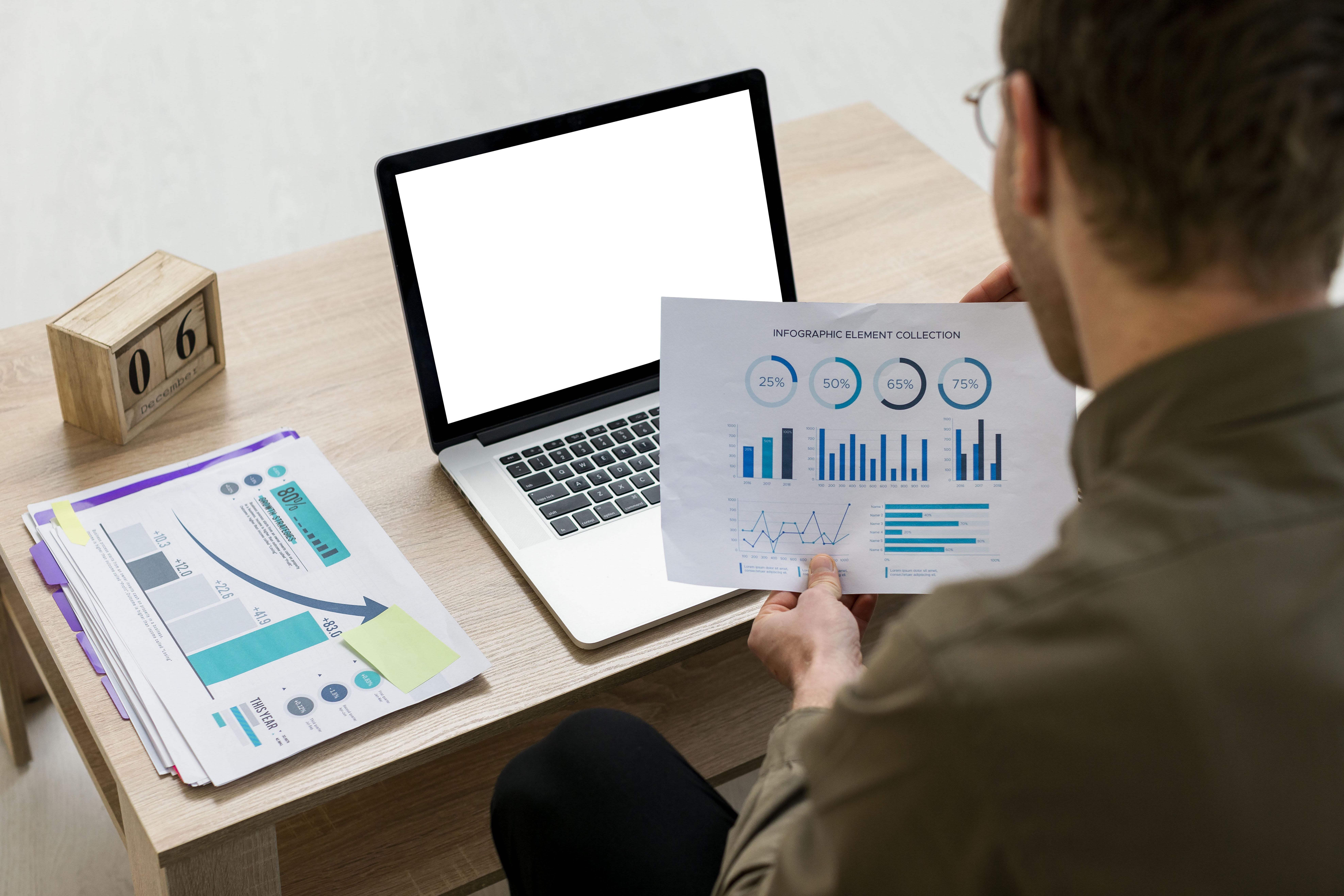Understanding Google Ads Automation
Google Ads automation uses artificial intelligence (AI) to streamline managing and optimizing your ad campaigns. By harnessing AI, advertisers can automate repetitive tasks, make data-driven decisions, and ultimately improve their campaign performance and ROI.
Key Concepts of Google Ads Automation
Smart Bidding:
AI-powered smart bidding automatically adjusts bids for each auction to optimize for conversions or conversion value. By analyzing historical data and real-time signals, AI helps you meet your campaign goals more efficiently.
Automated Ad Creation:
AI can create ad variations using your existing assets and tailor them for different audience segments. This personalization improves ad relevance and performance, leading to better user engagement.
Campaign Optimizations:
AI analyzes your campaign data to suggest optimizations for settings like ad schedules, device bid adjustments, and audience targeting. Implementing these recommendations can enhance your campaign’s effectiveness.
By understanding and utilizing these AI-driven features, advertisers can make the most of Google Ads automation to enhance performance and maximize ROI.
Benefits of Using AI in Google Ads
Using AI in Google Ads offers several key advantages:
Enhanced Performance:
AI can analyze large amounts of data and make real-time adjustments to improve your campaign’s performance. This leads to higher click-through rates, conversion rates, and overall success.
Time-saving Automation:
AI handles repetitive tasks like bid adjustments, ad testing, and audience targeting, freeing up your time to focus on strategy and higher-level decisions.
Improved Targeting and Personalization:
By analyzing user behavior and preferences, AI identifies the most relevant audience segments for each ad. This results in more personalized and targeted ads, boosting engagement and conversion rates.
Cost Efficiency:
AI-powered bidding strategies optimize your ad spend by making real-time adjustments based on data. This reduces wasted spend and improves your ROI.
Advanced Reporting and Insights:
AI provides actionable insights by analyzing your campaign data. These insights help you identify trends and opportunities for optimization, enabling data-driven decisions.
Leveraging AI in Google Ads helps you achieve better performance, increased efficiency, and a higher return on your advertising investment.
Implementing AI Strategies in Google Ads Campaigns
To implement AI strategies in your Google Ads campaigns, follow these steps:
Define Campaign Goals:
Clearly define what you want to achieve with your Google Ads campaign. Whether it’s brand awareness, website traffic, or lead generation, having clear goals will guide your AI strategy.
Data Collection and Analysis:
Gather relevant data on your target audience, competitors, and past campaign performance. Use AI tools to analyze this data and gain insights that can inform your strategy.
Select AI Tools and Platforms:
Choose the AI tools and platforms that align with your campaign goals and budget. There are various solutions for different aspects of Google Ads, such as bidding, ad creation, and audience targeting.
Test and Optimize:
Implement AI strategies in your campaigns and monitor their performance. Test different AI algorithms and strategies to find the ones that work best for your specific goals and audience.
Monitor and Adjust:
Regularly monitor your campaign’s performance and make adjustments based on AI insights. Continuously optimize your strategies to ensure they deliver the desired results.
By following these steps, you can effectively implement AI strategies in your Google Ads campaigns and leverage AI to achieve your goals.
Measuring Success and ROI with AI in Google Ads
Measuring the success and ROI of your AI-powered Google Ads campaigns involves tracking key metrics:
Conversion Metrics:
Track conversions and conversion rates to measure how effectively your campaigns are driving desired actions, such as purchases, form submissions, and sign-ups.
Cost per Acquisition (CPA):
Calculate your CPA to assess the efficiency of your AI strategies. This metric shows how much it costs to acquire a new customer or lead.
Return on Ad Spend (ROAS):
Measure ROAS to evaluate the profitability of your campaigns. ROAS compares the revenue generated from ads to the cost of running those ads.
Incremental Lift:
Use A/B testing or control/experiment methodologies to measure the incremental lift generated by your AI strategies. This helps you understand the impact of AI on campaign performance compared to non-AI approaches.
Additionally, consider qualitative indicators like improved user experience, increased brand visibility, and positive customer feedback to assess the overall success of your AI-powered campaigns.
By tracking these metrics and considering both quantitative and qualitative indicators, you can measure the success and ROI of your AI-powered Google Ads campaigns.
Future Trends of AI in Google Ads
The future of AI in Google Ads is exciting, with several key trends expected to shape the landscape:
Advanced Audience Targeting:
AI will continue to improve audience targeting capabilities, allowing advertisers to reach highly specific and relevant audience segments, resulting in higher engagement and conversion rates.
Voice Search Optimization:
As voice search becomes more popular, AI will play a crucial role in optimizing ads for voice-based queries. Advertisers will need to adapt their strategies to capitalize on this growing trend.
Cross-Channel Integration:
AI-powered platforms will enable seamless integration across different advertising channels, such as search, display, and social media. This will allow advertisers to create cohesive and personalized ad experiences for their audience.
Enhanced Ad Creativity:
AI will enable advertisers to create more dynamic and personalized ads by leveraging data and machine learning. Ads will become more interactive, engaging, and tailored to individual users.
Real-Time Optimization:
AI algorithms will continue to optimize campaigns in real-time, adjusting bids, targeting, and creatives based on dynamic factors like user behavior, weather, and location. This will maximize campaign performance and efficiency.
By staying updated on these trends and embracing AI, advertisers can stay ahead of the competition and achieve even greater success in their Google Ads campaigns.
In summary, understanding and leveraging AI in Google Ads can significantly boost your campaign performance. From smart bidding and automated ad creation to advanced targeting and real-time optimizations, AI offers powerful tools to enhance your advertising efforts. By implementing AI strategies, measuring success, and keeping an eye on future trends, you can maximize your ROI and stay competitive in the ever-evolving digital advertising landscape.










